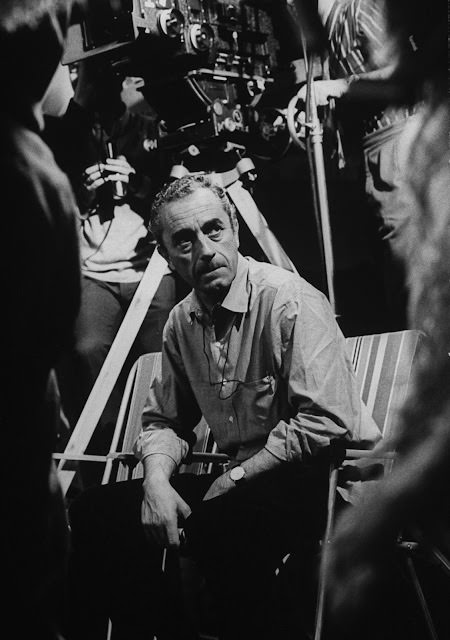“Blow-Up,” a film directed by Michelangelo Antonioni and released in 1966, is a cinematic masterpiece that captured the essence of 1960s London. Renowned for its innovative narrative, visual style, and thematic complexity, the film’s production is a story in itself.
Conceptualization and Script Development
The origin of “Blow-Up” lies in Michelangelo Antonioni’s fascination with the mod culture of London and the theme of perception versus reality. The screenplay, co-written by Antonioni, Tonino Guerra, and Edward Bond, was inspired by the short story “Las Babas del Diablo” by Julio Cortázar. Antonioni’s adaptation shifted the narrative to London, transforming the original story to reflect the cultural and artistic milieu of the 1960s.
Casting Choices and Character Development
Casting for “Blow-Up” was a meticulous process, with Antonioni seeking actors who could embody the film’s enigmatic and introspective qualities. David Hemmings was cast as the lead character, Thomas, a role that catapulted him to fame. Vanessa Redgrave was chosen for the pivotal role of Jane, bringing depth and intrigue to the character.
Filming in Swinging London
“Blow-Up” was primarily shot on location in London, particularly in Maryon Park, capturing the vibrant and ever-changing landscape of the city. The choice of real locations over studio settings added authenticity to the film and reflected Antonioni’s desire to immerse viewers in the actual environment of 1960s London.
The production of “Blow-Up” faced several challenges, from cultural barriers (as Antonioni was Italian and not fluent in English) to the logistics of shooting in busy London locations. Additionally, the unconventional narrative structure and ambiguous plot required careful handling to maintain the film’s enigmatic tone
One of the most notable aspects of “Blow-Up” is its distinctive visual style. The film’s cinematography, led by Carlo Di Palma, played a crucial role in creating its unique aesthetic. The use of color, framing, and camera movements was carefully orchestrated to enhance the themes of ambiguity and disconnection.
Sound Design and Music
The sound design of “Blow-Up” was another critical element. Antonioni’s use of natural sounds and silence, rather than a traditional musical score, added to the film’s realism and immersive quality. The inclusion of music by artists like Herbie Hancock and The Yardbirds was strategic, anchoring the film firmly in the 1960s music scene and adding another layer of authenticity to its depiction of London.


































